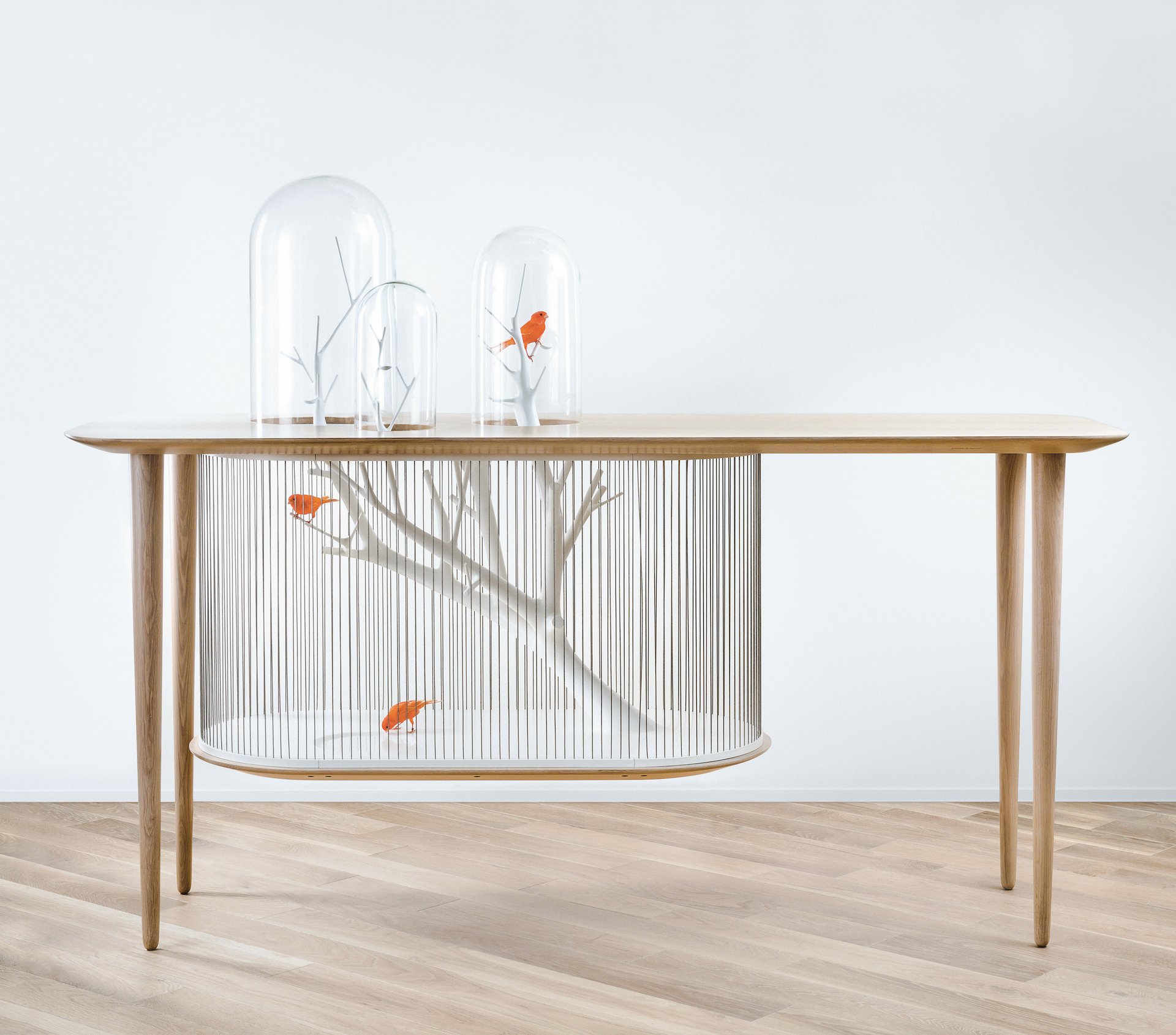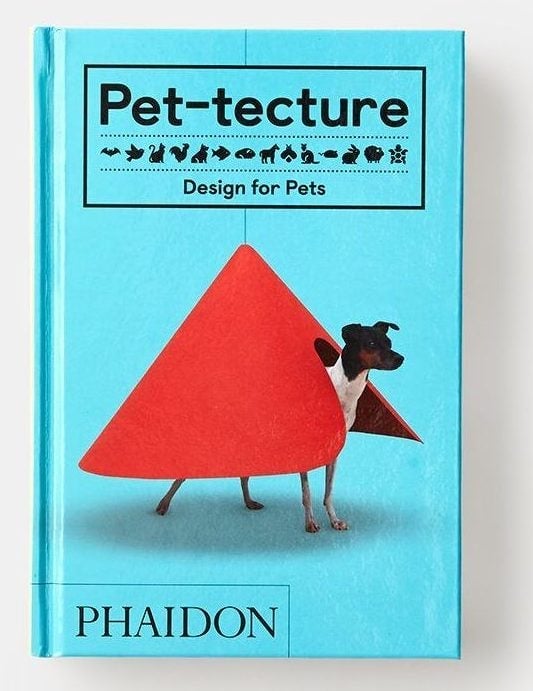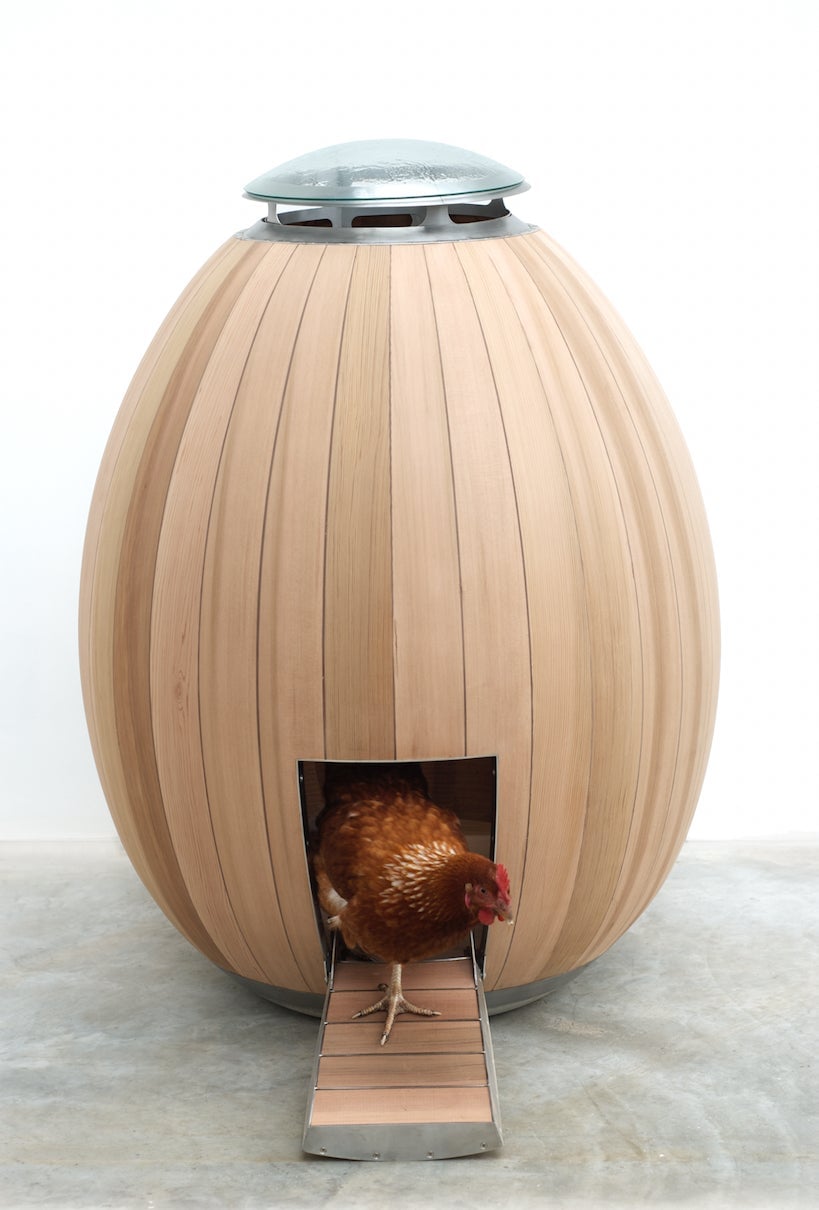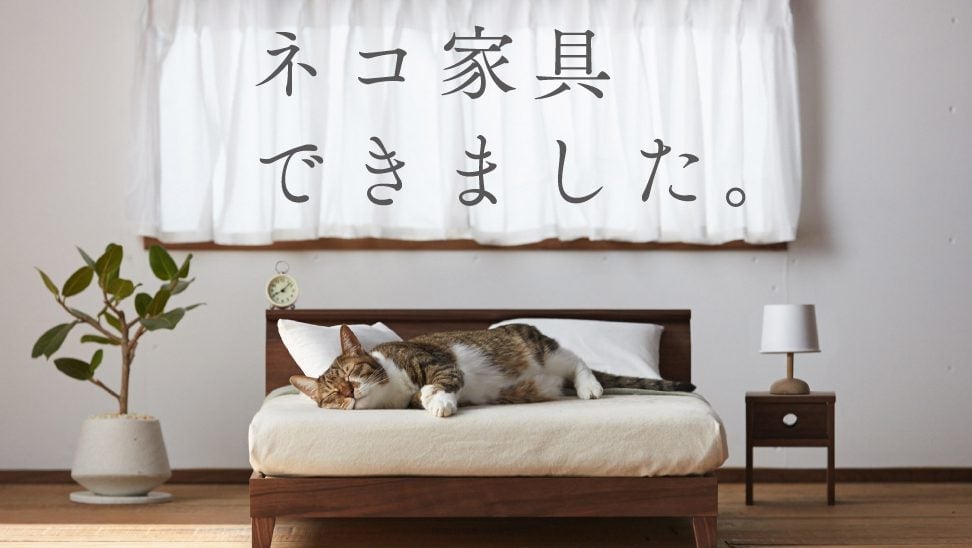We’re living in a golden age of pet architecture
While working on the Guggenheim Museum, Frank Lloyd Wright received a letter from 12-year-old Jim Berger asking him to design a fitting doghouse for a beloved Labrador Retriever named Eddie. The revered, famously curmudgeonly architect obliged and sent blueprints for a four-square-feet triangular doghouse, which is remembered in architectural records as “Eddie’s House.”


While working on the Guggenheim Museum, Frank Lloyd Wright received a letter from 12-year-old Jim Berger asking him to design a fitting doghouse for a beloved Labrador Retriever named Eddie. The revered, famously curmudgeonly architect obliged and sent blueprints for a four-square-feet triangular doghouse, which is remembered in architectural records as “Eddie’s House.”
“My dog had a lot of class,” said Berger in retrospect. “A Frank Lloyd Wright doghouse was perfect for him. I was very excited for my dog.”

Employing a world-class architect to conceive a doggie dream house may sound zany, but many architects have actually used the assignment to experiment, invent, and delight, explains Pet-tecture author Tom Wainwright. Through 200 wildly creative examples of modern pet homes, Wainwright challenges our notions that spaces for domestic animals are dull and depressing.
He recalls his childhood dog Digby, who didn’t have a proper kennel and slept on the slouchy cushions around the house.
“I was delighted when I began to discover, well over a decade later, the extent to which the good old bean-bag has been superseded by amazingly innovative architect-, interior designer- and artist-generated designs,” Wainwright explains. [They’re] fashioned from materials as diverse as steel, plywood, artificial turf, felt and concrete…and constructed to standards equivalent to, and sometimes exceeding those for human architecture and buildings.”

Designer pet furniture isn’t just for spoiled cats and dogs either. French designer Grégoire de Laforrest created what must be the most poetic work surface by inserting a bird cage (see above) in an otherwise plain oak table. In another design for feathered creatures, this one called “Nogg,” designers Matthew Hayward and Nadia Turan used cedar wood, glass, concrete and steel to create an egg-shaped chicken coop. It’s a fine example of a style called ”mimetic architecture” that represents a building’s function through its shape—and conceivably appeals to hipster urban backyard farmers.

Artist Aki Inomata’s Shelter for Hermit Crabs has a political message. Inspired by a 2009 exhibition titled No Man’s Land, Inomata uses the 3D-printed resin sculpture as a metaphor for the global migration crisis. “Hermit crabs change their shells as they grow,” she explains. “Sometimes they are kicked out of their shelters by stronger hermit crabs and forced to exchange shells. I gave hermit crabs shells that I had made for them and if they liked them, they moved into my ‘shelters.’ The shelters that I made for them represented cities from around the world.”

At times, purposely designed animal enclosures even benefit humans. A beehive called “Honey Factory” is designed in part to help people get over their fear of insects. Italian designer Francesco Faccin built a large air-tight glass door to reassure squeamish entomophobics that they are safe to observe the bees, and in the process learn why its important to safeguard beleaguered bee populations.
Many structures cited in Pet-tecture were conceived in Japan, a country that also brought us the world’s most expensive cat condo and artisan-made mid-century modern style cat furniture.

Also included are several notable projects from Architecture for Dogs, designer Kenya Hara’s “earnest exploration” of structures that make dogs and humans truly happy. For the project, Hara, who is MUJI’s art director, invited 13 leading Japanese architects to create houses for specific dog breeds and shared their blueprints online.
In the spirt of Wright’s design for a “two and a half feet high and three feet long” labrador, the influential (and apt-named) architecture studio Atelier Bow-Wow considered the dachshund’s anatomy to create best and safest option for the short-legged canines.
A far cry from generic, mass-produced options sold in big box stores, these well-designed animal homes signal a golden age in bespoke pet architecture. Some firms use the assignment as a place to work out ideas and experiment with new materials for full-scale projects. Others, like dog toy brand Bark or the Japanese cat-oriented company RINN, have made product design within the billion-dollar pet industry a focus in itself.